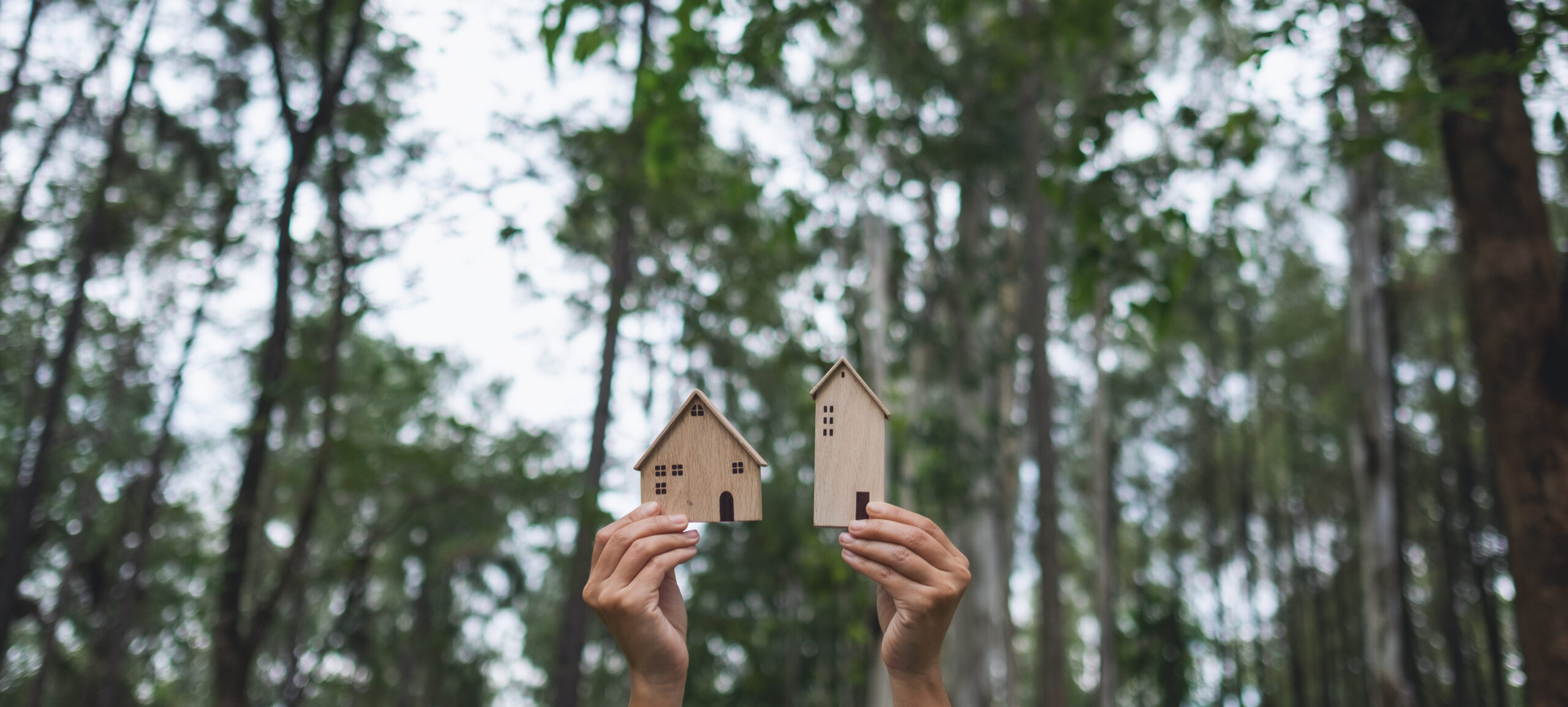How to Make Your Home More Sustainable
Living more sustainably doesn’t have to mean moving off-grid or building a solar-powered mansion. In fact, creating a more eco-friendly home is often about making small, smart changes — the kind that save money, reduce waste, and shrink your environmental footprint. Whether you rent or own, live in an apartment or a house, there’s plenty you can do to make your home greener.
This guide breaks down simple, practical ways to create a more sustainable living space, room by room and habit by habit.
Step 1
Start With Energy Efficiency
Energy use is one of the biggest contributors to a home’s carbon footprint. But many energy-saving improvements are simple and inexpensive to implement.
- Switch to LED light bulbs — they use up to 85% less energy
- Seal drafts around windows and doors with weather stripping
- Unplug devices when not in use or use smart power strips
- Opt for Energy Star–rated appliances when upgrading

Step 2
Reduce Water Waste
Water is a finite resource — and many households use more than they need. Making mindful changes helps conserve water and lower utility bills.
- Install low-flow showerheads and faucet aerators
- Fix leaks promptly — even small drips add up
- Use a dishwasher instead of hand-washing (it often uses less water)
- Run full loads of laundry and opt for cold water when possible
Step 3
Cut Down on Single-Use Products
Swapping out disposable items for reusables is a quick win for sustainability — and it adds up fast.
- Use reusable dishcloths and cloth napkins
- Switch to beeswax wraps instead of plastic wrap
- Buy bulk food items with your own containers where available
- Replace paper towels with washable alternatives
Step 4
Choose Sustainable Materials and Decor
When decorating or renovating, the materials you choose matter. Aim for natural, recycled, or sustainably sourced options whenever possible.
- Look for furniture made from reclaimed wood or FSC-certified timber
- Use non-toxic paint with low VOCs (volatile organic compounds)
- Choose rugs, bedding, and textiles made from organic cotton or hemp
- Decorate with plants to purify the air and add natural beauty
Step 5
Rethink Heating and Cooling
Keeping your home comfortable can be energy-intensive — but there are ways to reduce the impact without sacrificing comfort.
- Use ceiling fans before cranking the AC
- Close curtains in the summer to keep out heat, open them in winter for warmth
- Add extra insulation in the attic or walls
- Set your thermostat just a few degrees lower or higher depending on the season
Why This Matters
Our homes are where we make thousands of choices — from the electricity we use to the products we buy. Making those choices more sustainable means:
- Reducing greenhouse gas emissions
- Minimizing waste sent to landfills
- Lowering your monthly bills
- Creating a healthier living environment for you and your family
Real-Life Tip
One homeowner shared: “I started with just switching to LED bulbs and using reusable grocery bags. A year later, I was composting, air-drying clothes, and had cut my utility bill by 20%. It was never about being perfect — just better.”
Expert’s Advice
Emma Pattee, environmental journalist and sustainable home expert, says: “The most sustainable home is the one you already live in — not the one you have to build from scratch. Focus on making small changes that are actually doable.”
Advanced Recommendations for Sustainability at Home
If you’ve already tackled the basics and want to go further, here are deeper ways to green your space:
- Invest in solar panels or explore community solar programs
- Install a rain barrel to water your garden
- Use greywater systems to reuse household water
- Replace your lawn with drought-resistant native plants
- Consider home energy audits to identify hidden inefficiencies
Additional Tips for Different Households
Whatever your living situation, there’s a path to more sustainable habits:
- Renters: Use removable window film for insulation, add rugs to trap heat, and use portable induction burners
- Homeowners: Consider home composting, solar power, and smart thermostats
- Families: Make eco-habits a family challenge or goal, such as zero-waste weeks
- City dwellers: Maximize natural light, use vertical gardens, and shop bulk in nearby co-ops
Takeaway
Creating a more sustainable home isn’t about overhauling everything overnight. It’s about making intentional, practical shifts that reduce your impact — while still living comfortably and affordably. From energy savings to reduced waste, each step helps build a healthier home and a better planet.
Start with one room, one habit, or one product — and build from there. Every small change matters.